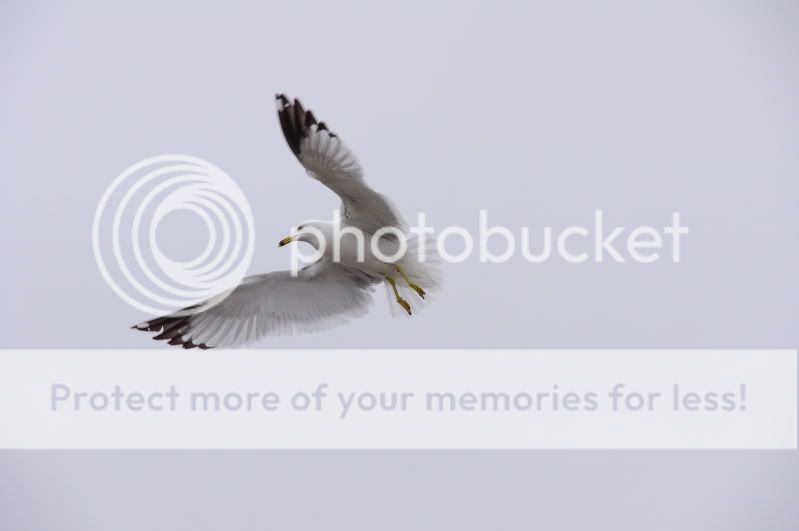 Quote:
Quote: To get as good as Mar at this, you'll need lots of practice.
Absolutely. Always remember the three P's in any area of photography...practice, practice, practice.
I also shoot all manual, and often use the focus confirmation to help, set for center spot. Auto focus keeps searching because it can't tell where you want to shoot, and what you're pointing at keeps moving. Larger birds like Hawks, your Osprey, Egrets, Herons, Eagles all are great for practice because they don't move as fast as smaller birds like Cardinals, Hummingbirds and Swallows.
The main thing that will help you is lots of practice. You might try the catch in focus option, but I haven't used it much so I know little about it. I have tried it a time or three and I know it works, but I'm not accustomed to it, and usually just take my chances with manual focus, and I constantly practice. Most of the time I can't take time to reset the camera for catch in focus, he's long gone...I delete far more than I keep, but I do get some keepers. Certainly not 85%, probably more like 30%...but I do get some nice shots.
Swallow not long ago, Vivitar 200mm at f8, 250 shutter speed so I didn't stop the wing motion. Handheld (always)

Green Heron, same lens, 1/750 stopped almost all motion except the wingtip. But I was already focused when it decided to fly...so i was already close.
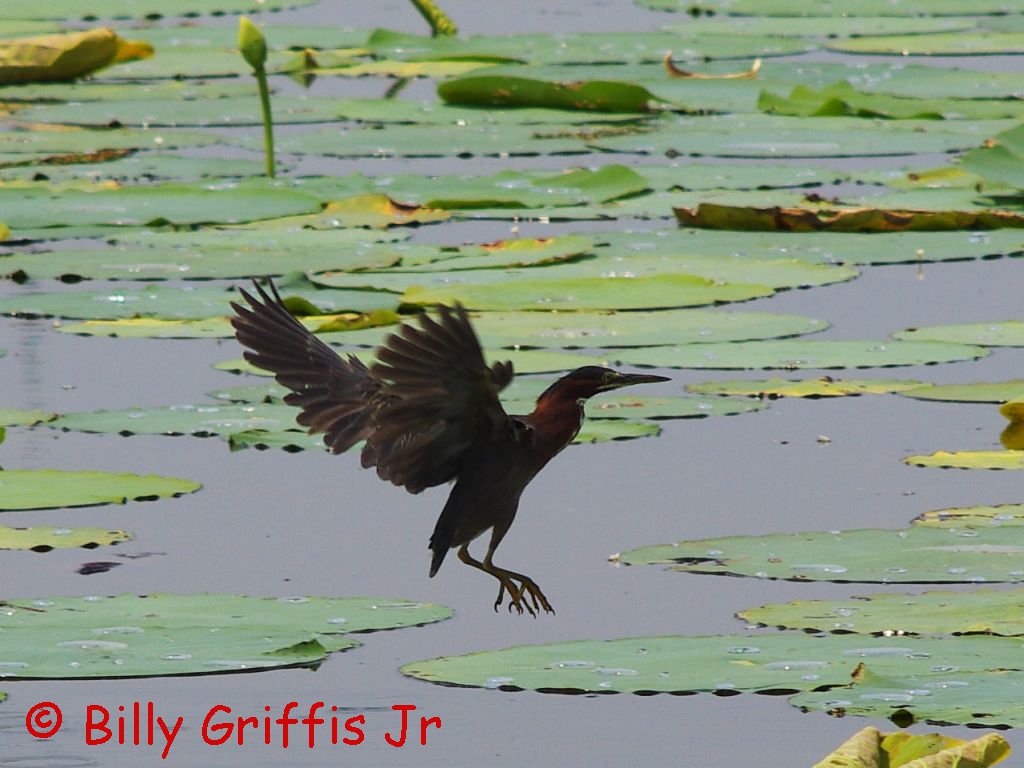
Red Tailed Hawk, also at 750
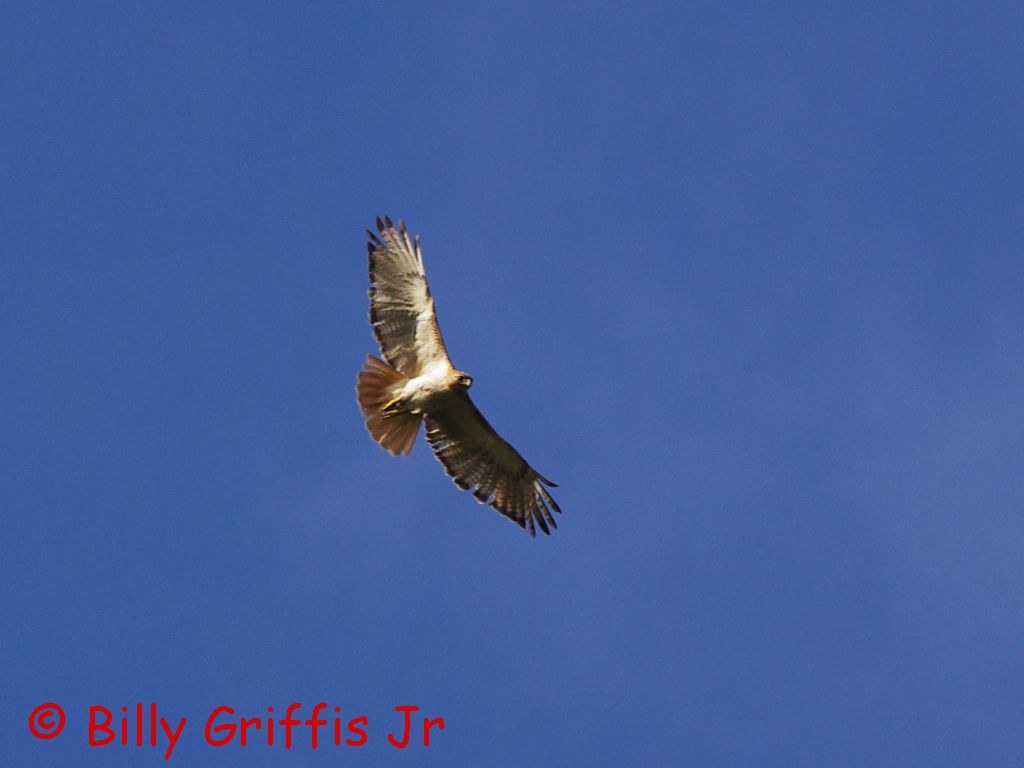
This is what can be done, with a little practice. I shoot 99% hand held, especially with birds, By the time I get a tripod set up, he's long gone. I also usually try to keep the shutter speed up to 500 if possible, but I won't hesitate to shoot at 250 or even 180 if lighting won't let me shoot faster, and I rarely remember that I can push the ISO to 400 or 800 if I want, but I don't like noise so I usually stay at ISO 200.


 Similar Threads
Similar Threads 


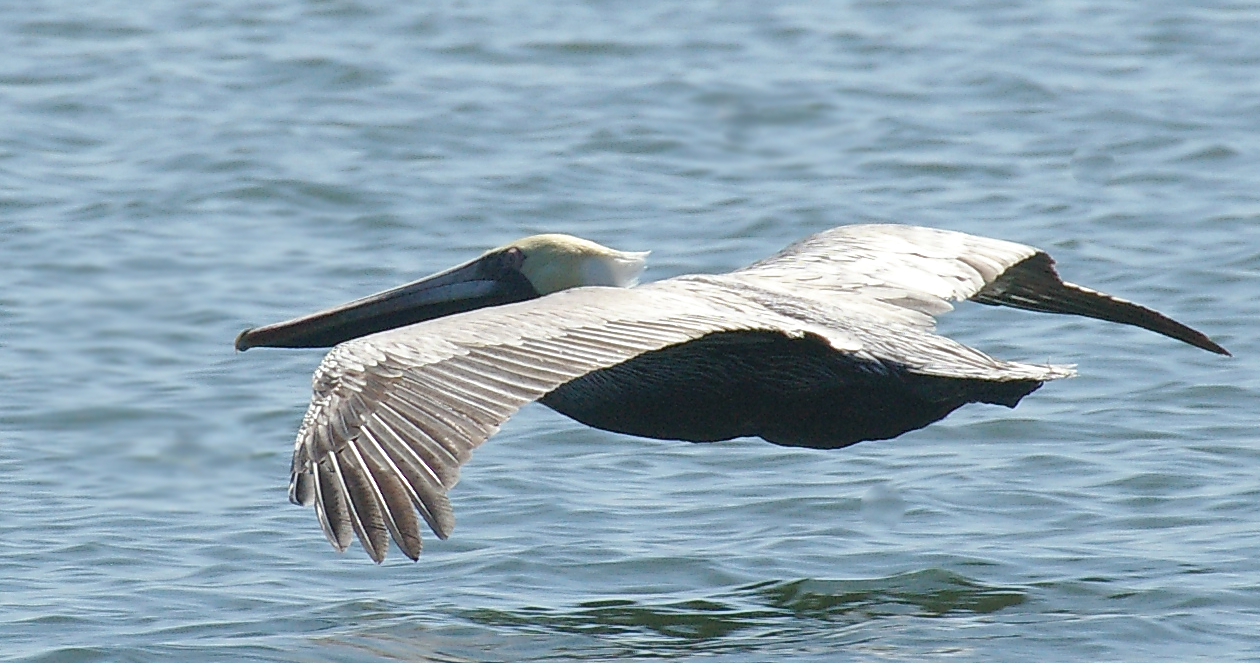
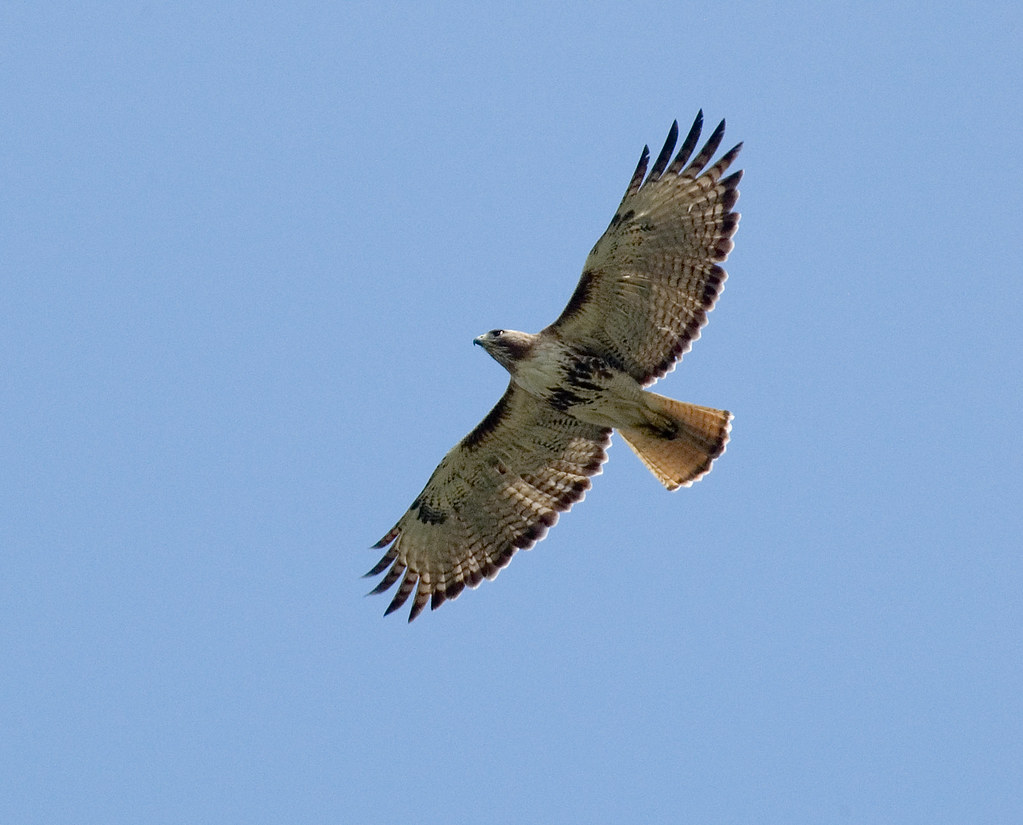




 ...my eyes just don't seem to handle manual focus
...my eyes just don't seem to handle manual focus










